
How to Use Ultrasonic US-015: Examples, Pinouts, and Specs
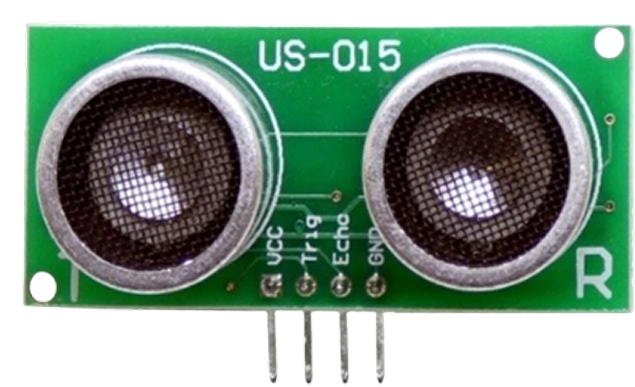
 Design with Ultrasonic US-015 in Cirkit Designer
Design with Ultrasonic US-015 in Cirkit DesignerIntroduction
The Ultrasonic US-015 is a distance measuring sensor that uses ultrasonic waves to detect the distance to an object. It emits a sound wave and measures the time it takes for the echo to return, allowing it to calculate the distance based on the speed of sound. This sensor is widely used in robotics, automation, and obstacle detection systems due to its accuracy and ease of use.
Explore Projects Built with Ultrasonic US-015
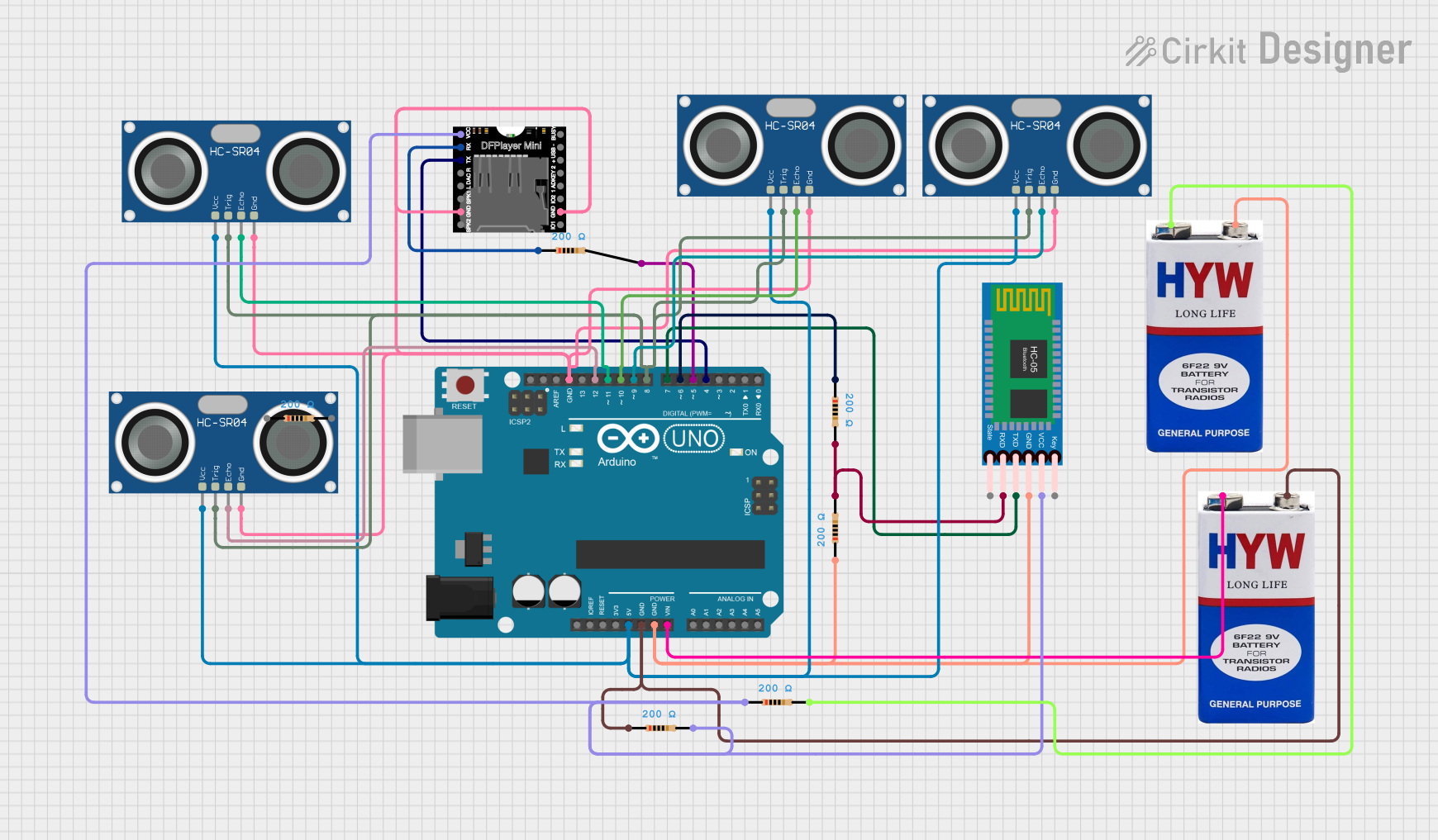
 Open Project in Cirkit Designer
Open Project in Cirkit Designer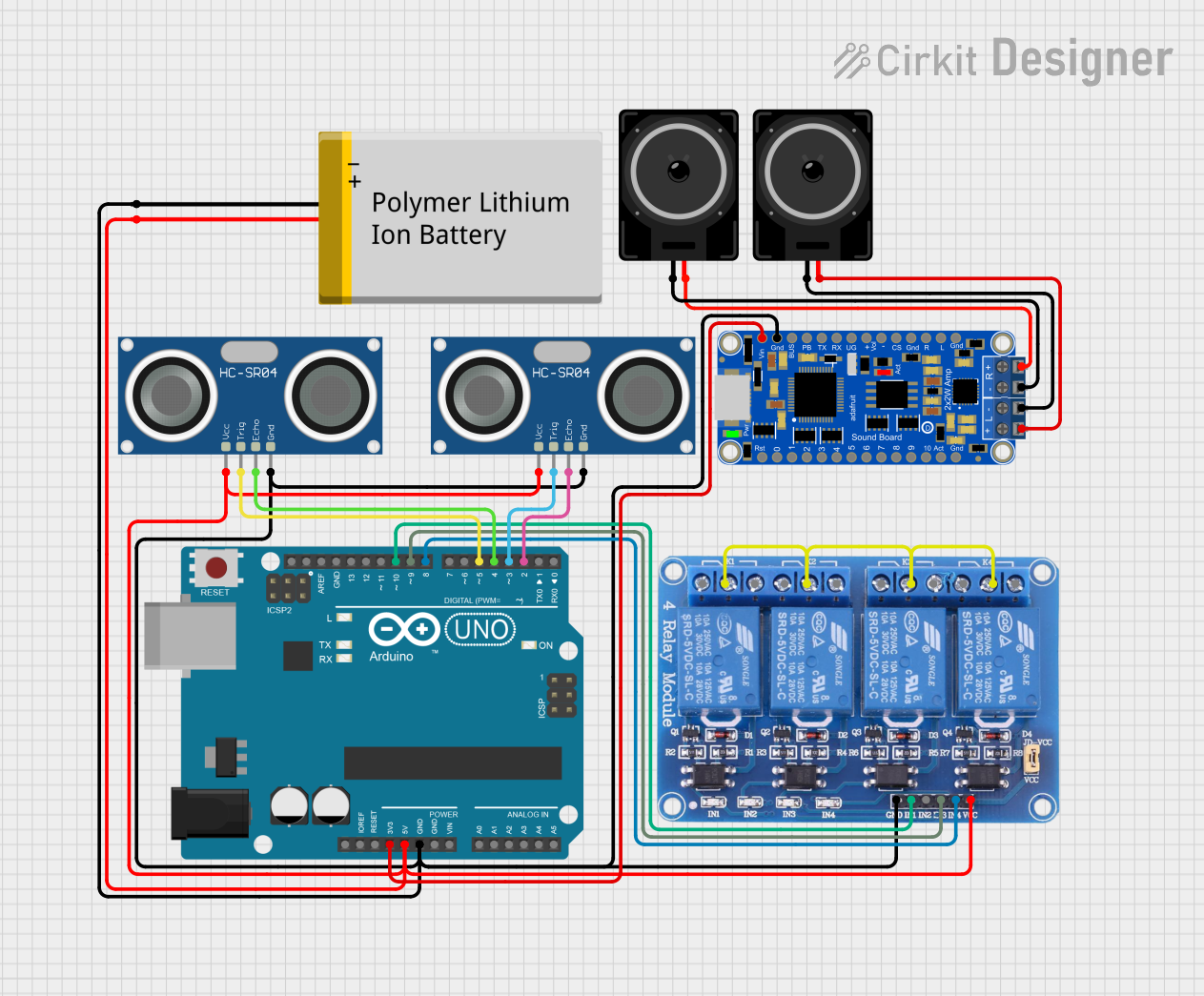
 Open Project in Cirkit Designer
Open Project in Cirkit Designer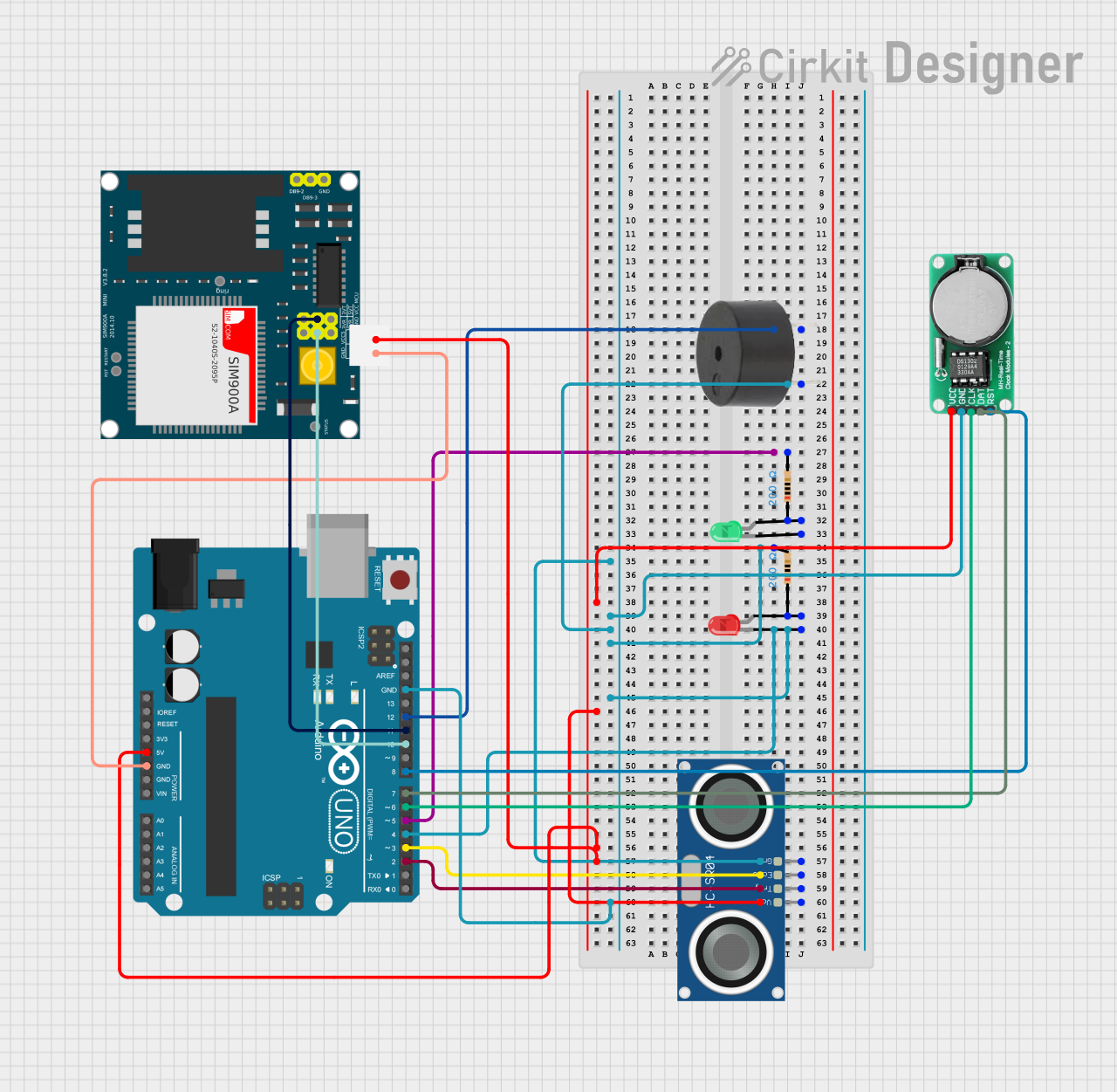
 Open Project in Cirkit Designer
Open Project in Cirkit Designer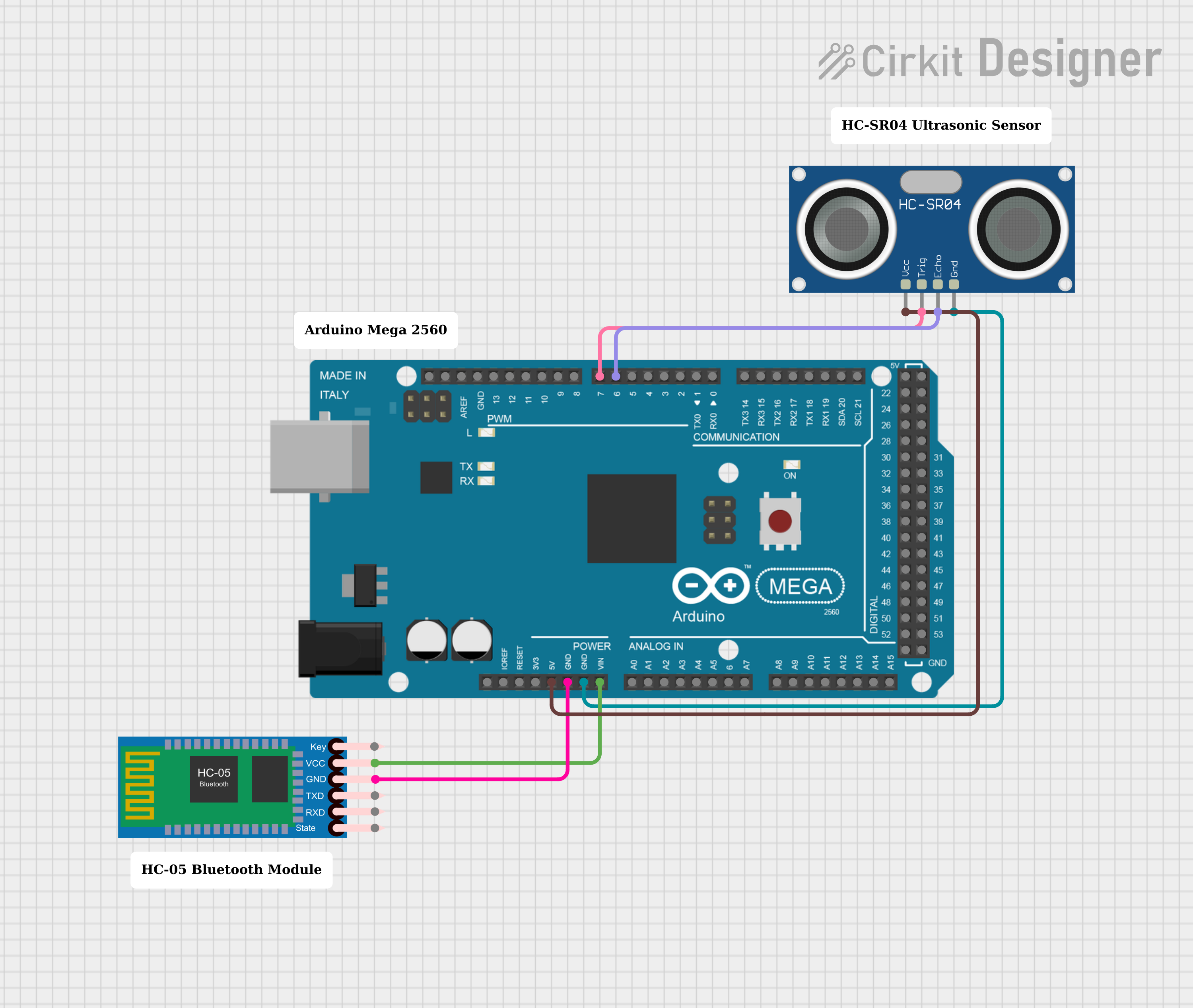
 Open Project in Cirkit Designer
Open Project in Cirkit DesignerExplore Projects Built with Ultrasonic US-015

 Open Project in Cirkit Designer
Open Project in Cirkit Designer
 Open Project in Cirkit Designer
Open Project in Cirkit Designer
 Open Project in Cirkit Designer
Open Project in Cirkit Designer
 Open Project in Cirkit Designer
Open Project in Cirkit DesignerCommon Applications and Use Cases
- Obstacle detection in robotics
- Distance measurement in automation systems
- Liquid level sensing
- Parking assistance systems
- Proximity detection in security systems
Technical Specifications
The Ultrasonic US-015 sensor has the following key technical specifications:
| Parameter | Value |
|---|---|
| Operating Voltage | 5V DC |
| Operating Current | ≤ 8 mA |
| Measuring Range | 2 cm to 400 cm |
| Measuring Accuracy | ± 0.3 cm |
| Operating Frequency | 40 kHz |
| Trigger Input Signal | 10 µs TTL pulse |
| Echo Output Signal | TTL level signal proportional |
| Operating Temperature | -10°C to 70°C |
| Dimensions | 45 mm x 20 mm x 15 mm |
Pin Configuration and Descriptions
The US-015 sensor has four pins, as described in the table below:
| Pin Name | Pin Number | Description |
|---|---|---|
| VCC | 1 | Power supply pin (5V DC) |
| Trig | 2 | Trigger pin: Sends a 10 µs pulse to initiate |
| Echo | 3 | Echo pin: Outputs a pulse proportional to the |
| GND | 4 | Ground pin: Connect to the ground of the circuit |
Usage Instructions
How to Use the Ultrasonic US-015 in a Circuit
- Power the Sensor: Connect the VCC pin to a 5V power supply and the GND pin to the ground.
- Trigger the Sensor: Send a 10 µs HIGH pulse to the Trig pin to initiate the measurement.
- Read the Echo: Measure the duration of the HIGH pulse on the Echo pin. This duration is proportional to the distance of the object.
- Calculate the Distance: Use the formula below to calculate the distance: [ \text{Distance (cm)} = \frac{\text{Pulse Duration (µs)}}{58} ] The factor 58 is derived from the speed of sound in air.
Important Considerations and Best Practices
- Ensure the sensor is powered with a stable 5V DC supply.
- Avoid placing the sensor near ultrasonic noise sources, as this may interfere with measurements.
- The sensor has a minimum detection range of 2 cm. Objects closer than this may not be detected accurately.
- Use a pull-down resistor on the Echo pin if the signal is unstable.
- For best results, ensure the sensor is perpendicular to the target surface.
Example Code for Arduino UNO
Below is an example code to interface the Ultrasonic US-015 with an Arduino UNO:
// Define pins for the Ultrasonic US-015 sensor
const int trigPin = 9; // Trigger pin connected to digital pin 9
const int echoPin = 10; // Echo pin connected to digital pin 10
void setup() {
// Initialize serial communication for debugging
Serial.begin(9600);
// Set pin modes for the sensor
pinMode(trigPin, OUTPUT); // Trig pin as output
pinMode(echoPin, INPUT); // Echo pin as input
}
void loop() {
// Send a 10 µs HIGH pulse to the Trig pin
digitalWrite(trigPin, LOW);
delayMicroseconds(2);
digitalWrite(trigPin, HIGH);
delayMicroseconds(10);
digitalWrite(trigPin, LOW);
// Measure the duration of the HIGH pulse on the Echo pin
long duration = pulseIn(echoPin, HIGH);
// Calculate the distance in centimeters
float distance = duration / 58.0;
// Print the distance to the Serial Monitor
Serial.print("Distance: ");
Serial.print(distance);
Serial.println(" cm");
// Wait for a short period before the next measurement
delay(100);
}
Troubleshooting and FAQs
Common Issues and Solutions
No Output or Incorrect Readings
- Ensure the sensor is powered with a stable 5V DC supply.
- Verify the connections to the Trig and Echo pins.
- Check for loose or damaged wires.
Unstable or Fluctuating Readings
- Use a pull-down resistor on the Echo pin to stabilize the signal.
- Ensure there are no ultrasonic noise sources nearby.
Sensor Not Detecting Objects
- Ensure the object is within the sensor's detection range (2 cm to 400 cm).
- Verify that the object is not too small or has an irregular surface, as this may affect echo detection.
FAQs
Q: Can the US-015 detect transparent objects?
A: The sensor may have difficulty detecting transparent objects like glass, as they may not reflect ultrasonic waves effectively.
Q: What is the maximum detection angle of the US-015?
A: The sensor has a detection angle of approximately 15°.
Q: Can I use the US-015 with a 3.3V microcontroller?
A: The US-015 requires a 5V power supply. However, you can use a level shifter to interface it with a 3.3V microcontroller.
Q: How do I improve accuracy in measurements?
A: Use an average of multiple readings to reduce noise and improve accuracy.